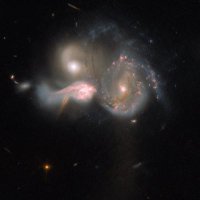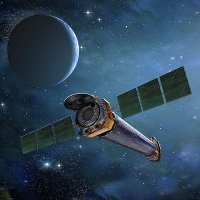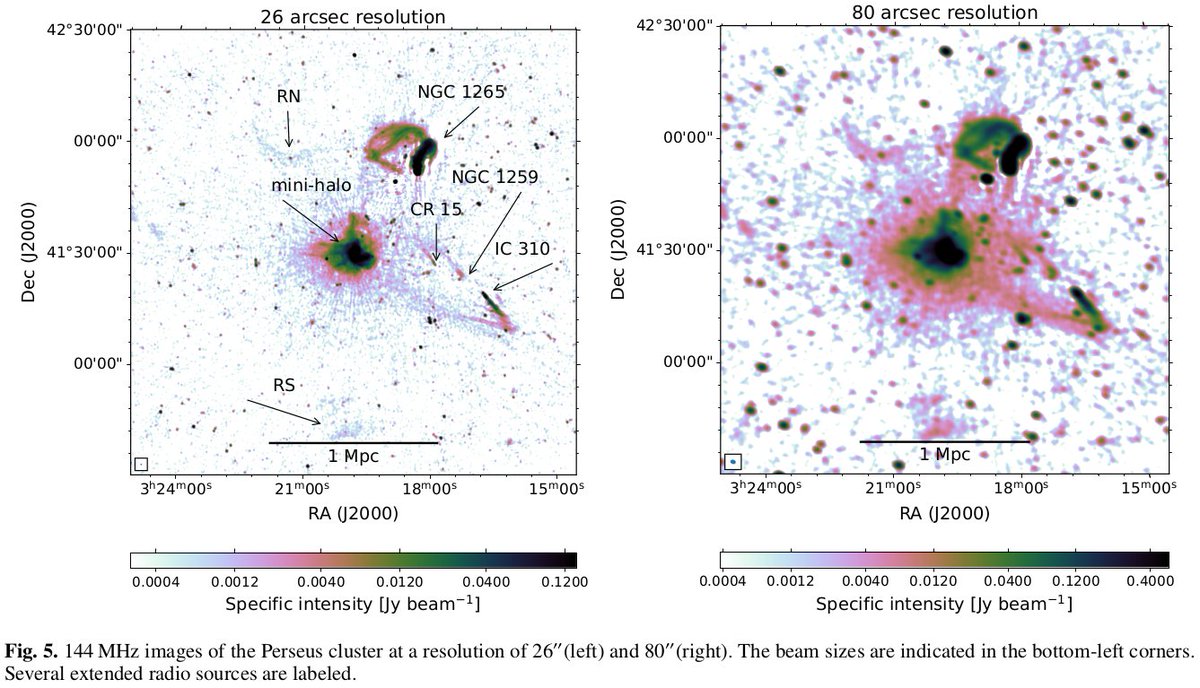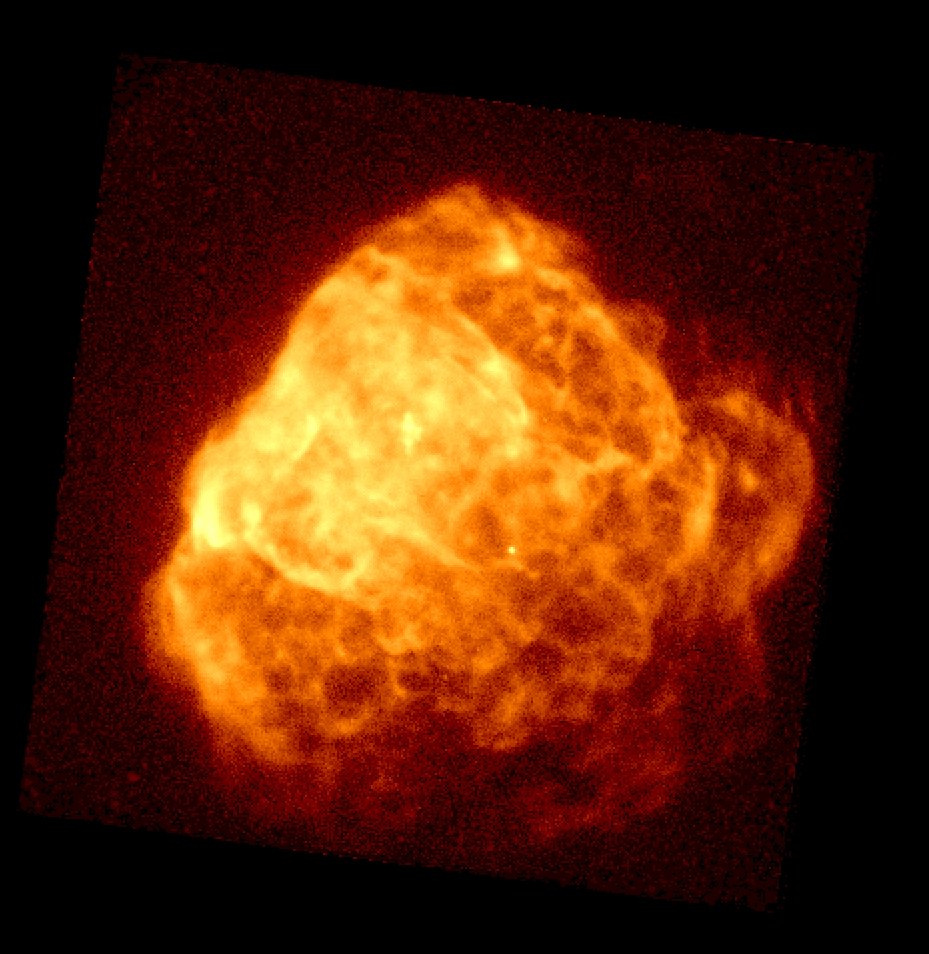
Jeremy Sanders
@xioxox
Astronomer. Particularly interested in X-ray astronomy, galaxy clusters and eROSITA.
ID: 432661159
http://jeremysanders.net/ 09-12-2011 16:56:58
231 Tweet
487 Takipçi
262 Takip Edilen








Some of the mystery around Odd Radio Circles (ORCs) clears. New paper led by @dresrabulbul drops. With Emre Bahar Jeremy Sanders Andrea Merloni Baerbel Koribalski et al. arxiv.org/abs/2403.09808 ESA XMM-Newton




The Perseus cluster as you have never seen it, by vanWeeren+ A plethora of new features are detected in the Low Frequency Array 150 MHz image, including numerous substructures in the mini halo and extended diffuse emission on a scale of ~1 Mpc permeating the cluster arxiv.org/abs/2410.02863





